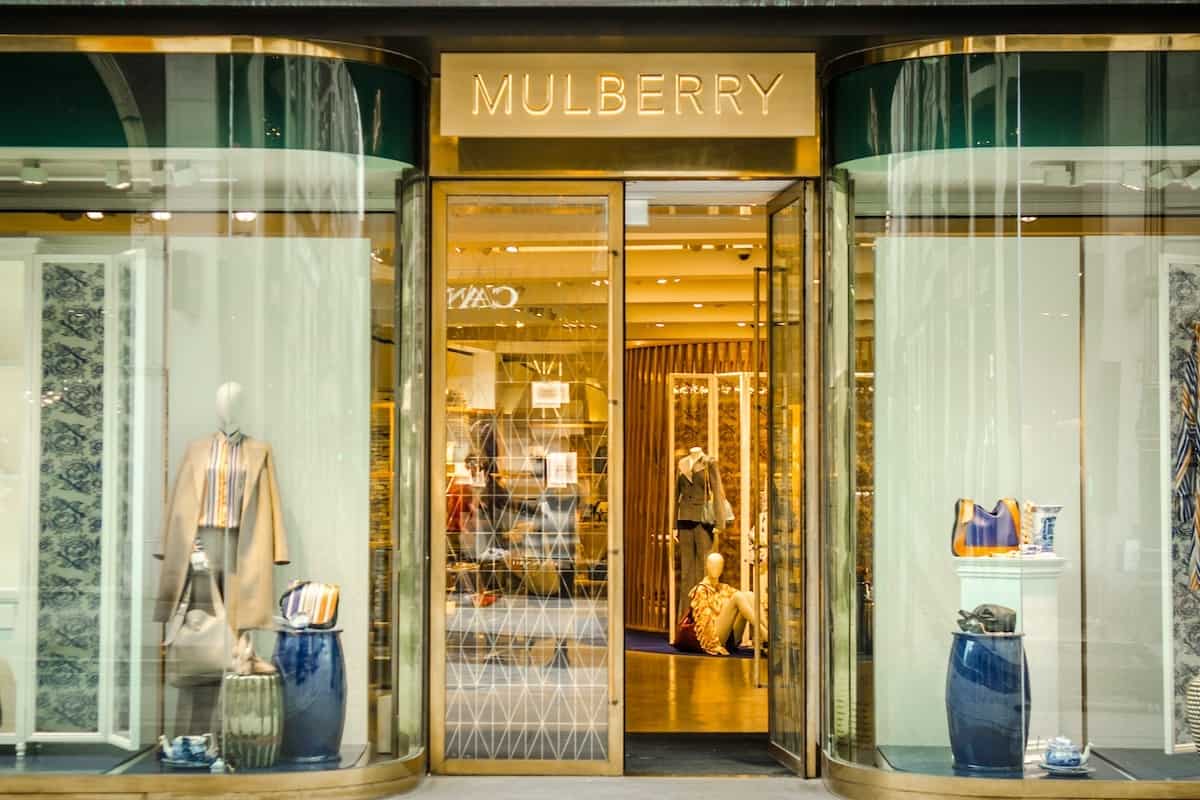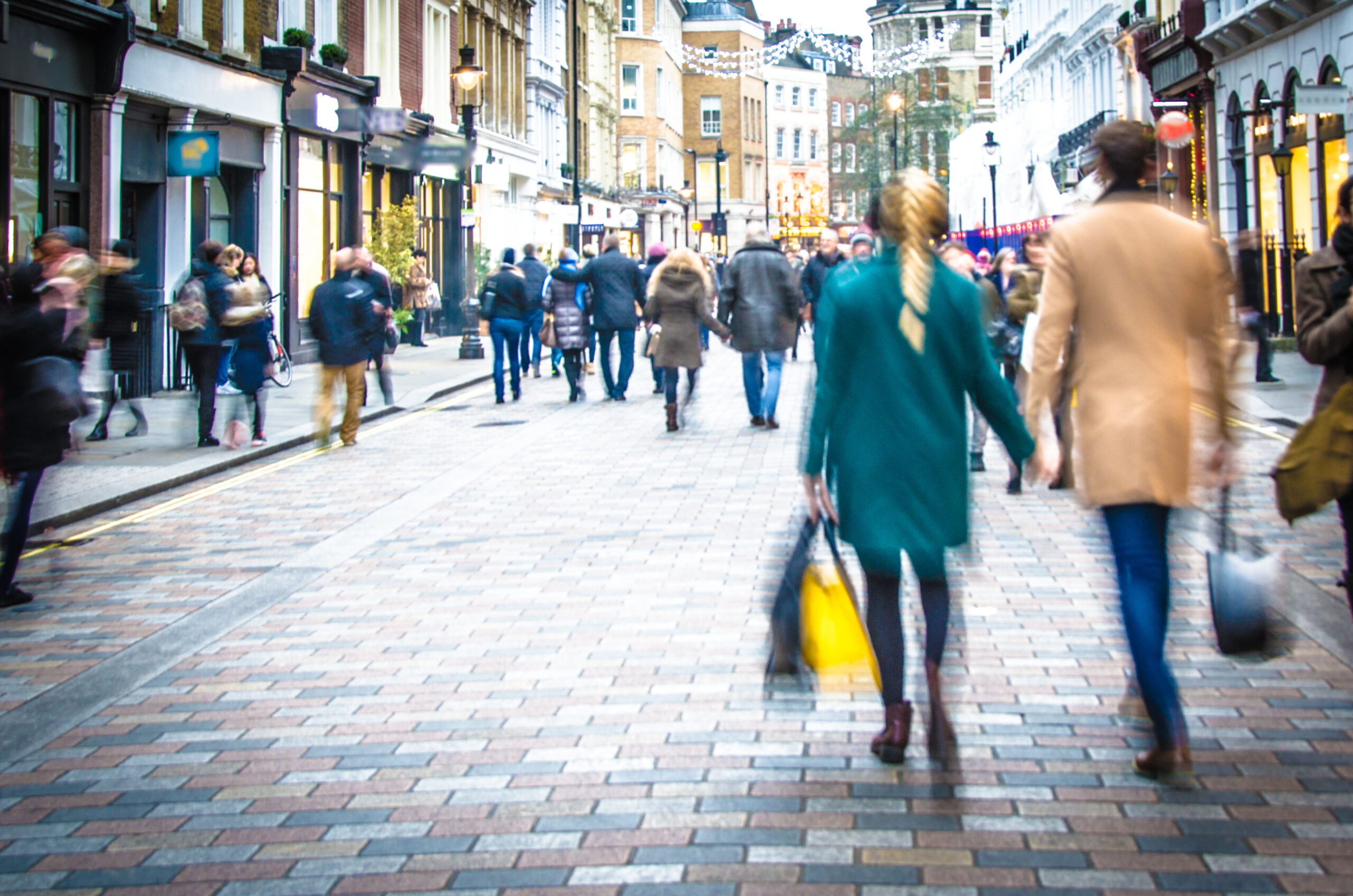Online retailers won a record share of shopper spending in May, as a third of UK retail sales took place over the internet, according to official figures.
Some 33.4% of all UK retail transactions took place online, according to the ONS’ latest Retail Sales Report for May 2020. That’s up from the 30.8% reported in April. Online sales rose by 19.7% online in May, compared to the previous month of April – and a record proportion of food sales took place online as coronavirus lockdown continued to keep shoppers at home.
Across all channels, predominantly shops, shoppers spent 9.7% less than a year earlier to buy 9.8% fewer goods – excluding automotive fuel. But they spent 10.3% more than they did a month earlier to buy 10.2% more goods. Comparing the last three months to the previous three months, and continuing to exclude fuel, sales fell by 10.4% in value and by 10% in volume.
How shoppers spent online
Ecommerce sales grew by 19.7% overall, over the month – compared to the previous month since year-on-year figures were not included for online sales. A third (33.4%) of all retail sales took place online. Clothing, footwear and textile retailers saw online sales recover to sell at record levels – growing by 25.2% compared to the previous month to account for 49.4% of all retail sales in the category. Ecommerce also grew strongly at food retailers (+21.2% to account for 11.3% of all retail sales in the category), and at ‘other’ retailers, a category that includes electricals retailers (+38.3% to 41.6%).
Overall, non-food online sales grew by 16.3% compared to April, and accounted for 41.5% of all non-food retail sales, with sales growing less strongly at household goods retailers (+7.3% to 41.6%), while department store sales fell back on the previous month (-3.8% to 31.2%) as a slight easing of the lockdown restrictions meant that store sales increased in this sector.
Non-store retailers, a sector where 75.2% of retail sales took place online during May, account for more than half (52.8%) of all online retail sales. Their sales grew by 21.9% during May.
In a smaller ONS study of 116 retailers, almost a third (32.8%) of online retailers reported selling more online in May, while 23.3% said they sold less, and 5.2% said they had stopped selling online altogether. Just over 30% said their online sales had stayed the same.
And how they spent across all sales channels
Across channels, non-food stores saw their sales lift by 23.7%, in volume, compared to the previous month, when they had fallen by 41.7%. Garden centres and hardware stores started trading through shops again as early as early as mid-May, while other retailers, such as clothing businesses, moved their businesses further online. Meanwhile, the sharpest sales rise in May, compared to April, was in household goods stores (+42%),as shoppers bought electricals, furniture, hardware, paints and glass – suggesting that shoppers were doing DIY during lockdown.
The ONS Retail Sales Report for May added: “Department stores were the least affected by the store closures in March and April since some of the stores in this sector sell a significant amount of essential goods, including an element of food. This meant that department stores remained at higher levels and saw an increase of 13.8% in May 2020. They have now returned to similar levels seen in 2014, mainly because of increased store sales in May.”
Analyst reaction
Richard Lim, chief executive of Retail Economics, said: “A seismic shift towards online pushed this channel to new heights. Retailers have been working tirelessly to boost their online capacity to cope with this intense period of demand. Those with the most flexible operating models and who have been fleet-of-foot are retaining customers and reaching out to a new wave of online converts.
“Many consumers are shopping for products they had previously only ever purchased in a shop. They are overcoming the initial barriers of setting up online accounts, entering payment details and gaining trust. This shift in behaviour will inevitably be sticky for a large proportion. The critical question retailers will be asking themselves is how long-lasting the shift will be.
“The industry remains in survival mode. Our research showed 8 in 10 retailers are considering making redundancies while half are considering store closures in a range of cost-saving measures. As they take a forensic look at their cost base, other areas of consideration also include lease renegotiations (68%) and review of supply contracts (63%). As the Government begins to withdraw support for businesses and households, the true cost of the pandemic will begin to emerge.”
Karen Johnson, head of retail and wholesale at Barclays Corporate Banking, said: “Despite shops taking their first tentative steps towards reopening in May, the long-term future of the high street will be something that the sector keeps a keen eye on. UK office workers account for a significant proportion of the footfall in shopping centres and town centres around the country, so (with any return to the office likely to be very gradual) UK retailers will be looking at ways to adapt to this new geographic distribution of their customer base.”
Meanwhile, Daniel Burke partner at tax and advisory firm Blick Rothenberg, says high street brands that lack online expertise now need to partner with experts in new technology. “It’s either that or they will get taken over,” he said. “There is a new shift in power which was evidenced this week when online fashion giant Boohoo, which has no physical presence on any high street, announced that it was to buy former high street businesses Oasis and Warehouse.”
He added: “In recent years the successful retail companies have predominantly been ecommerce. They appeal to the younger market, but during lockdown all age groups have become familiar with shopping online. Older established companies that have operated mainly from the high street have fallen behind.
“We may therefore see more and more big brand ecommerce businesses taking over well-known, but failing brands that have not caught up with the modern world. Without a strong online brand presence, businesses will clearly struggle.”
Michael Green, senior area vice president – UKI head of retail & TTH (Travel, Transport & Hospitality) at Salesforce, said: “This morning’s results confirm the digital imperative reality faced by consumer facing businesses today. We’ve seen that retailers with a digital ecommerce strategy in place were better positioned to weather the disruption caused by the Covid-19 crisis.
“While the month showed record growth in online sales, and many consumers reporting they are likely to continue to buy essential goods online even after restrictions lift, it’s clear that shopping habits and expectations have changed for good and the shift to ecommerce will long outlast the pandemic. With this in mind, a core part of retailers’ strategies must become focused on utilising technology that will provide useful intelligence including insights into product, stock, the supply chain and buying trends of customers. This will help retailers remain relevant and allow them to build robust plans to future proof against further crises.”








